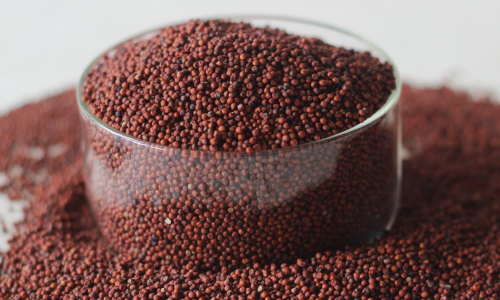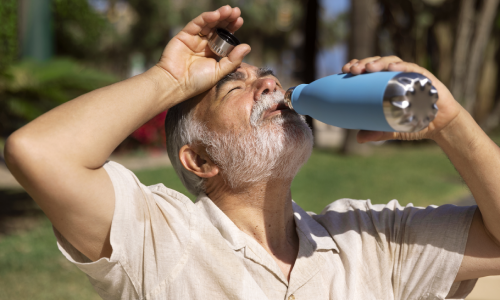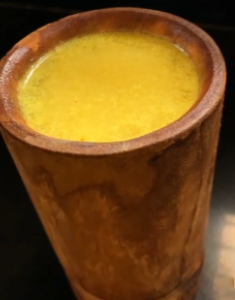You might be familiar with Nasya – the Ayurvedic process where medicated nasal oil is administered through the nostrils. This practice helps cleanse the upper respiratory passage by draining out excessive mucous. Nasya is, popularly known as one of the five steps of Panchakarma treatment, in addition to other well-being practices. But, did you know that you can also do Nasya at home as part of your daily routine or Dinacharya? Benefits of Nasya It has numerous benefits, primarily targeting the head and neck region. Furthermore, it also provides relief from stress and anxiety. They include the following: Cleanses, nourishes and balances the nasal passages, sinuses and related structures. Moreover, it also helps to promote clear breathing and sinus relief Promotes mental clarity Alleviates sinus congestion Improves breathing Enhances sensory functions Boosts skin and hair health Improves eyesight Supports overall well-being How to do Nasya? Follow these steps to do Nasya the right way: Massage face, neck and chest with steaming oil Remember to apply pressure on sinus areas. Steam face, neck and chest with eyes protected Cover your eyes with a piece of cloth before you apply steam. Furthermore, eyes are the seat of Pitta and therefore, must always be protected from heat, steam, smoke etc. Instil 2 drops of Oil in each nostril After pouring the oil in each nostril, inhale and keep your face tilted upwards for a few minutes until you feel the oil enter your nasal cavity. Spit the mucous out This step is very important. Which oil should one use to do Nasya? Using Steaming oil and Nasya oil works best if you are habituated with allergic rhinitis, seasonal cough, cold and other upper respiratory disorders. If you do not have the above-mentioned symptoms, you can just use 2 drops of oil every day as part of your everyday routine, after applying a face oil you like – ideally with a sesame oil base, like Doctor Rekha Ayurveda Glow Oil. This helps to improve skin texture and glow. However, it also cleanses and clears the channels. Furthermore, it improves eyesight and perception of smell. Who cannot do Nasya? If you have an active respiratory infection or hearing loss, it is, therefore, not recommended for you. In the case of children, do not do unless if they are less than 7 years of age. The best time to do Nasya Ideally, the best time to do Nasya is in the morning – 1 hour before/after shower or 1 hour before/after food. Incorporating it into your daily routine can help eliminate most of the respiratory ailments you suffer from. By following the above-mentioned steps, you can do Nasya at your home without any help. If you are struggling with any health issues, you can either book a consultation with us or send us a message via WhatsApp to +91 79074 89839. We have the best Ayurvedic doctors in Trivandrum who are always glad to help you. If you have any queries, contact us. You can also visit us at our hospital.
Nasya Home Tips for Beginners and Enthusiasts









